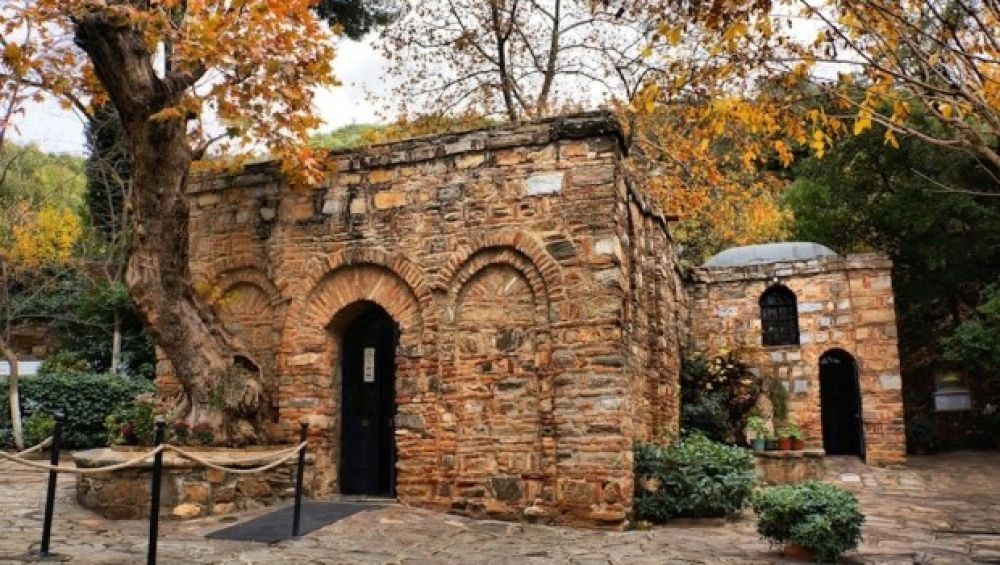

The House of the Virgin Mary, or Meryemana as it is known locally, is a sacred site believed by many to be the final residence of the Virgin Mary, mother of Jesus. This site, located near the ancient city of Ephesus, in modern-day Turkey, has been a focal point for Christian pilgrims and tourists from around the world for many years.
The history of this pilgrimage site dates back to the 19th century when a bedridden German nun named Anne Catherine Emmerich (1774-1824) described the house in her visions. The detailed description given by Emmerich led the French priest, the Abbé Julien Gouyet, to discover a small stone building on a mountain near Ephesus in 1881. This dwelling closely matched Emmerich's descriptions, and by 1891, Lazarists of İzmir confirmed the site as the House of the Virgin Mary.
Visitor numbers began to increase after its discovery and particularly after the 1896 visit by Pope Leo XIII, who sanctioned pilgrimage to the site. Over the years, it has gained recognition from several Papal visits, including those by Pope Paul VI, Pope John Paul II, and Pope Benedict XVI, further cementing its importance as a pilgrimage destination and boosting its profile among tourists.
In the light of the global pandemic, tourism at the House of the Virgin Mary, as with many historical and religious sites, faced unprecedented challenges. However, with the resurgence of travel, some latest trends in tourism here include:
The ongoing trend reflects a combination of traditional spiritual pilgrimage with contemporary travel preferences, focusing on safety, technology, and sustainability.